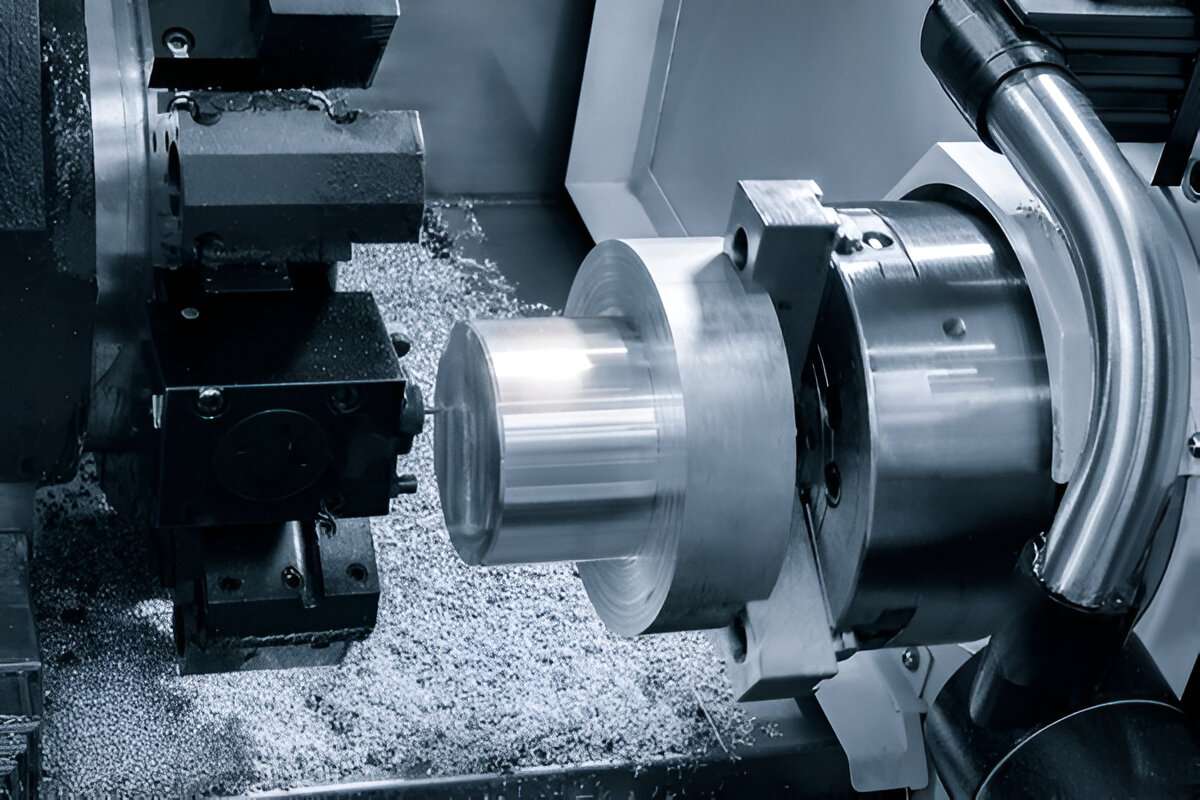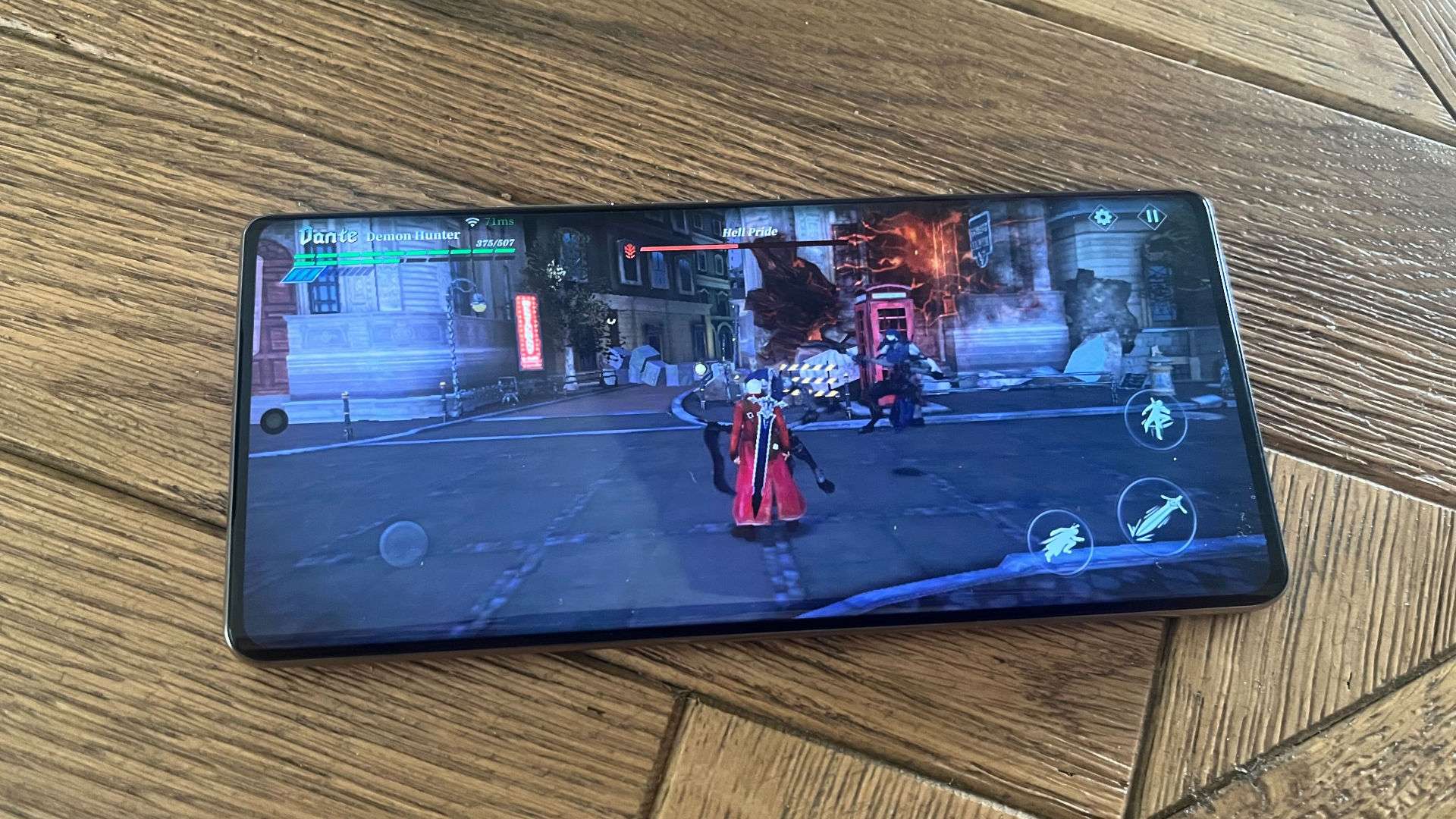In precision machining, surface finish is a crucial factor. A smooth, clean finish isn’t only about looks. Its function, fitness, and life of the part are affected. That is why getting the best grinding machine is important.
Grinding is the final step in the production process. It turns the part to its finished shape, size, and surface finish. However, a pristine finish requires more than simply applying it. It takes mental focus, skill, and knowledge. Here’s how you can get a better surface finish without changing your equipment.
Know the Fundamentals of Surface Finish
Surface finish refers to the roughness and texture of a surface. This may be in terms of microns or microinches. A better finish is one with fewer tool marks, scratches, or other imperfections.
If your grinding machine produces a proper, useful finish, it is only because you have used the right tooling for that machine. Significant improvements can result from small adjustments. Know what type of finish your part needs before you change it. The mirror finish is not required on all projects. A slightly rough surface can enhance adhesion or performance.
Pick the Right Wheel For the Job
Your grinding wheel is the true heart of the grinding machine. It dictates how much material is removed, how quickly the job is completed, and how smooth the surface will be. The correct wheel is crucial to achieving a high-quality end product.
Start by considering the material. A hard substance, such as steel, requires a different wheel compared with one made of aluminum or plastic. Various kinds of abrasives have different characteristics. Aluminum oxide is excellent for steel, for example. Other materials, such as silicon carbide, are suitable for non-ferrous metals.
Next, focus on grit size. Finer grits produce smoother finishes. The coarser grits remove more material but may show visible lines. For finishing applications, use fine grit to refine the 3D carving results and eliminate minor imperfections left by previous tooling.
Keep the Wheel Dressed and Balanced
The best grinding wheels wear down over time. And as they do, they dull and produce a rougher finish. Trimming exposes fresh cutting grains, dressing the wheel. It allows the wheel to slice through cleanly, leaving a smoother surface.
Does your grinding machine have a wheel dresser? Use it regularly. Light strokes again, and do not overdo it. A wheel correctly dressed will also minimize heat and vibration.
Wheel balance also matters. An unbalanced wheel induces chatter, vibration, and a poor finish. Before you begin a long grinding session, it’s a good idea to check the balance and reposition the wheel if necessary.
Related Adjustments: Feed Speed and Cutting Depth
The two primary factors that determine the performance of your grinding machine are feed rate and depth of cut. These are not just about how much you’re going to remove but about how smooth you want the result.
Slow down your feed rate on your finishing passes. This allows the sand to work on the finish for a longer period. Make shallower cuts as you approach your final dimensions. A deep cut can reduce the time, but it can also cause scarring or burning.
Just let your machine do the work on the delicate. Overdo it, and you can ruin an otherwise flawless surface. You might have to sacrifice a few minutes for a slower, lighter finish pass, but the added quality that this brings to your part will count for a lot.
Control Heat and Coolant Flow
Heat is the enemy of surface finish. Run your grinder too hot, and you can burn or warp a surface. Avoid this by using the coolant flow to control the heat.
Always ensure your coolant is clean and the flow is unobstructed. A blocked or dry system creates friction and also damages your parts. It not only cools the surface but also removes the abraded material from the grinding zone. The result gives you a clearer and smoother cut.
Get some coolant to the contact. It is also not uncommon for performance to change dramatically if you turn the nozzle around.
Use Consistent and Smooth Motion
Operator technique is also a crucial factor in achieving a surface finish. If you are grinding manually, ensure you are pulling smoothly and steadily. Avoid jerky or inconsistent strokes. Uneven pressure can cause dents or marks.
Let the machine do the work. Don’t force it. Just apply it lightly enough to guide your part. If the machine you are using has an automatic feed, ensure it is set to the appropriate speed to help maintain a good balance.
Maintain the Machine Regularly
An organised grinder is always a better grinder. Inspect bearings, ways, and spindles for wear. If misaligned, something is loose and vibrating, which influences the finish.
Maintain the machine by cleaning and lubricating it. Dust, dirt, and old coolant all impact how the machine operates. Tight, spotless, aligned — everything about grinding is predictable and more precise.
Your Finish Reflects Your Craft
Your workmanship also speaks for itself when you achieve a good surface finish. It demonstrates precision, care, and a sense of pride. And your grinder is the tool that produces that quality. With the correct setup, a clean wheel, the right coolant, and good technique, you can consistently produce parts that are both attractive and functional.
Remember, every detail matters. And even small adjustments, such as dressing the wheel more quickly or slowing your feed, can significantly impact your results. Eventually, these changes will become second nature. These practices elevate ordinary work to the level of exceptional craftsmanship.



